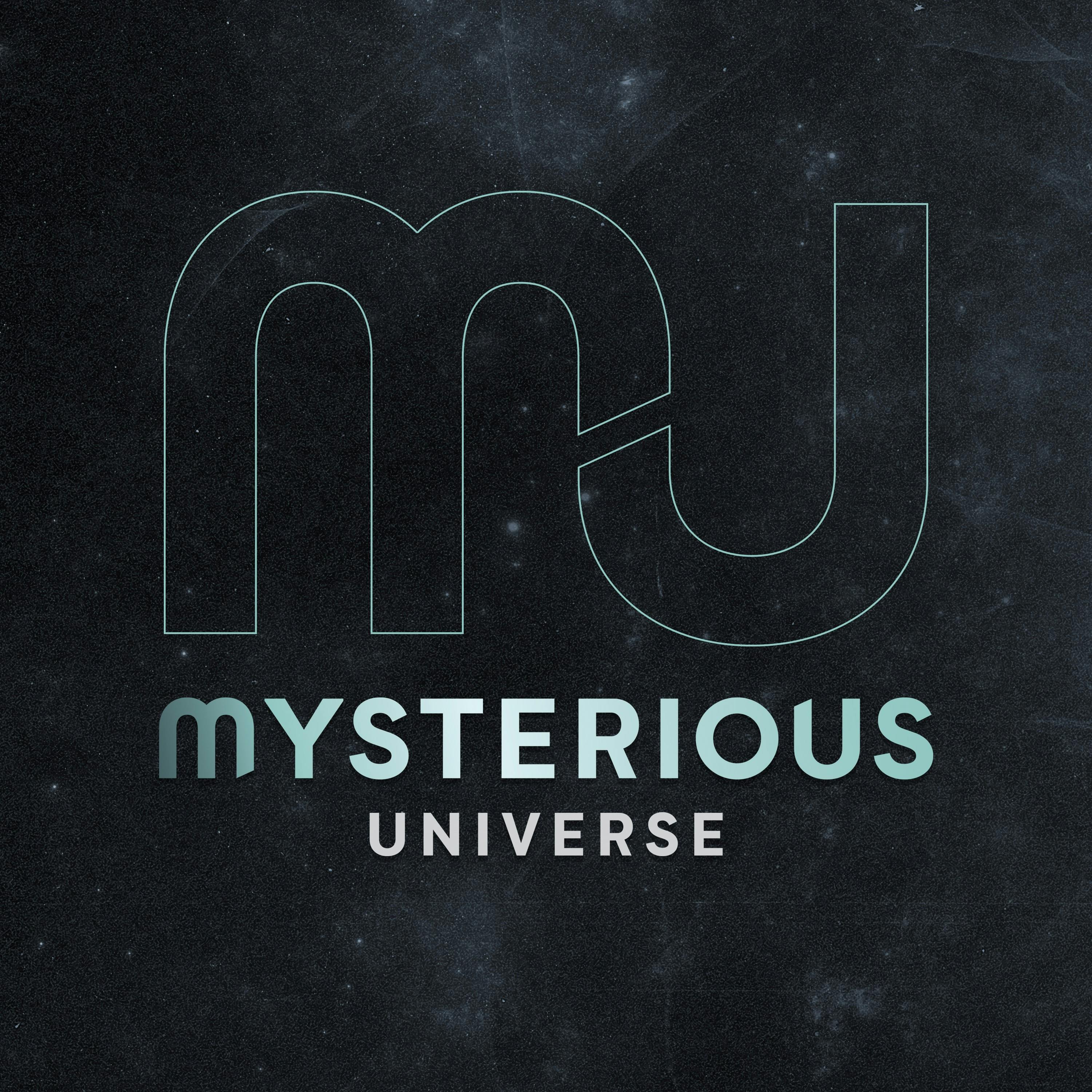
32.17 - MU Podcast - Seduced by Strangeness

Mysterious Universe
Deep Dive
Why did Budd Hopkins consider the Manhattan abduction case so important?
Hopkins believed it was the most important UFO abduction case because it occurred in a bustling city, challenging the notion that abductions only happen in rural areas. It also involved multiple credible witnesses, including police officers and the UN Secretary General.
What was the main criticism of UFO abduction researchers in the early 2000s?
Critics argued that researchers felt pressured to deliver increasingly sensational stories to maintain interest, often pushing witnesses to embellish their experiences to fit a more dramatic narrative.
What role did hypnosis play in the Manhattan abduction case?
Hypnosis was used to help Linda Napolitano recall details of her abduction, as she had fragmented memories. However, critics argue that hypnosis can lead to false memories or suggestibility, making it a controversial method for gathering information.
How many witnesses were involved in the Manhattan abduction case, and what did they claim to see?
There were nearly 30 witnesses, including police officers and civilians, who claimed to see a woman being abducted from her apartment by a UFO and taken into a hovering craft.
What new revelations about the Manhattan abduction case were brought to light in the Netflix documentary?
The documentary featured Budd Hopkins' ex-wife, Carol Rainey, who raised concerns about the case, including the authenticity of the witnesses and the possibility that Linda Napolitano fabricated parts of her story. Rainey also questioned the use of hypnosis and the pressure to produce sensational narratives.
What evidence suggested that Linda Napolitano may have fabricated parts of her story?
Carol Rainey discovered that the handwriting in the letters sent by the supposed witnesses matched Linda Napolitano's own handwriting, suggesting she may have written them herself. Additionally, some details of her story closely mirrored a fictional novel published in 1989.
What was the role of the UN Secretary General in the Manhattan abduction case?
Two men claiming to be UN security officers, Richard and Dan, said they were part of the UN Secretary General's security detail and witnessed the abduction. However, the Secretary General himself denied any involvement in the case and refused to discuss it.
What were the bizarre accusations made by Richard and Dan during their interactions with Linda Napolitano?
Richard and Dan accused Linda of having supernatural abilities and being involved in strange events, including poltergeist activity and mysterious phone calls. They believed she was working for a secret government program or was an alien herself.
What was the significance of the
Richard and Dan claimed that after the UFO incident, they were teleported to a beach where they saw Linda with aliens. She was holding a dead fish and was referred to as the
What was Carol Rainey's main critique of Budd Hopkins' research methods?
Rainey criticized Hopkins for not following strict research protocols, such as using hypnosis without safeguards, and for potentially allowing financial incentives (like book deals) to influence the presentation of the case. She also questioned the authenticity of the witnesses and the lack of proper investigation.
- Budd Hopkins, a renowned UFO researcher, considered this case one of the most significant in UFO history.
- The alleged abduction was witnessed by multiple people, including two police officers, who later turned out to be questionable witnesses.
- Linda Napolitano, the abductee, is suing Netflix over a documentary portraying her story, claiming she was set up.
Shownotes Transcript
In 1996, veteran UFO researcher Budd Hopkins published a report that would change the UFO scene in ways no one could have imagined. He described the saga of a woman seemingly abducted from her New York City apartment in the middle of the night and thrust into a world of stalkers, MIB-like men, and diplomatic mystery. No longer was the UFO phenomenon limited to rural locations or lonely roads; if someone could be taken from a bustling city, then no one was safe. But was it true?
We discuss stunning new revelations suggesting that the story may not have been investigated as thoroughly as it should have and consider whether Hopkins may have been drawn in by the lure of crafting a more sensational narrative. Then, for our Plus+ members, we explore a series of strange mass hysteria events that may have a paranormal cause after all.
Links
Witnessed; The True Story of the Brooklyn Bridge UFO Abductions)
A Critique of Budd Hopkins' Case of the UFO Abduction of Linda Napolitano)
Sight Unseen: Science, UFO Invisibility, and Transgenic Beings)
A Manhattan housewife claimed she got abducted by aliens in 1989 — and now she’s suing Netflix)
Plus+ Extension
The extension of the show is EXCLUSIVE to Plus+ Members. To join, click HERE).
Learn more about your ad choices. Visit megaphone.fm/adchoices)